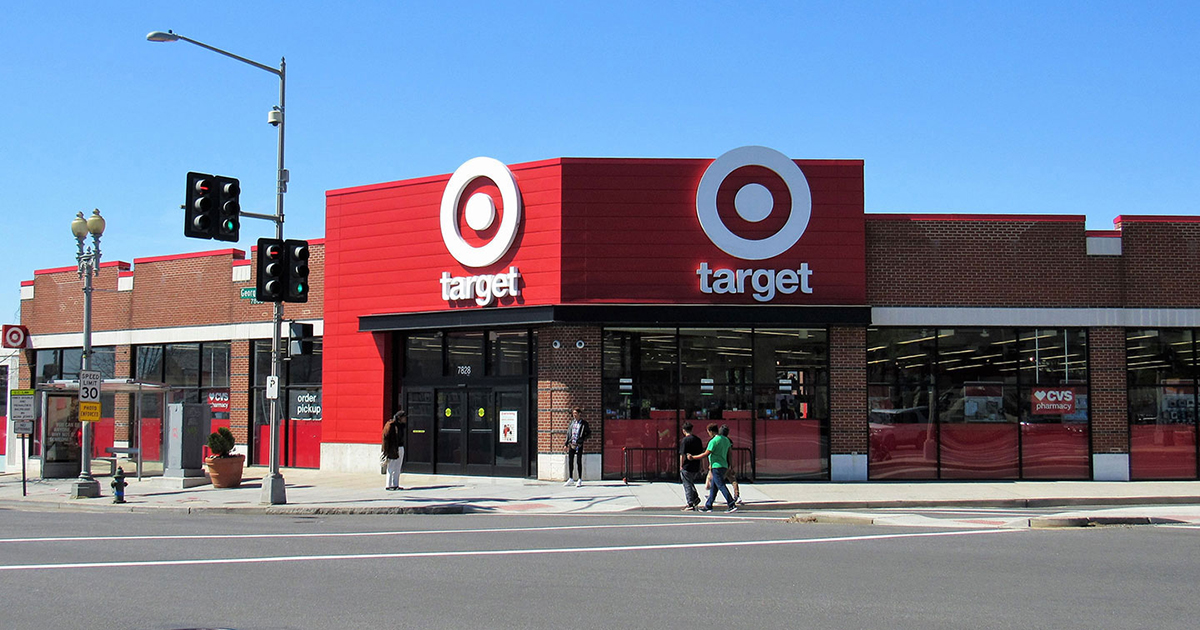Target, Walmart Have Too Much Inventory. Here’s Why.

Too much inventory in an era stocked with supply-chain challenges? It is a reality for a handful of big-box stores, most recently, Target.
Prompted by a 50% decline in profits from 2021, Target announced recently that it was cutting prices, canceling orders, and removing excess inventory. It’s not just Target, either. Big-box competitors Walmart, Kohl’s, and more also reported rising inventories when earnings were announced last month.
What goes on sale, and how deep the discounts will be, is unclear. What is definitive is a shift in consumer-spending habits that has left hot items of months past less desirable, says Anne Roggeveen, the Charles Clarke Reynolds Professor of Retailing and Marketing at Babson College.
“They’re not as interested in the bread machine that they might have been interested in when they were stuck at home,” she said.
Next Steps for Retailers
This shift in consumer-spending habits, inflation, and supply-chain constraints has created a perfect storm for some retailers, Roggeveen says.
“Retailers have been focused on managing the pandemic and stocking consumers’ desires,” the professor said. “Now, there’s been a shift. There are supply-chain issues, inflation, the move of consumers out of the pandemic mindset to the ‘let’s get back to normal’ mindset.”

Professor Anne Roggeveen
Cutting prices can be effective in helping companies move inventory, with profit remaining a goal, but breaking even or taking a loss is a possibility.
“For retailers, doing this now allows them to be positioned correctly for the holidays, and have things in stock that customers are going to want,” Roggeveen said.
Origins of this problem also can stem from companies not receiving inventory in the time frame in which they were initially seeking it. In that case, consumer demand can move forward.
“If you get a shipment of sweaters in May that you were expecting in January,” Roggeveen said, “that won’t be as useful, and won’t move as quickly.”






